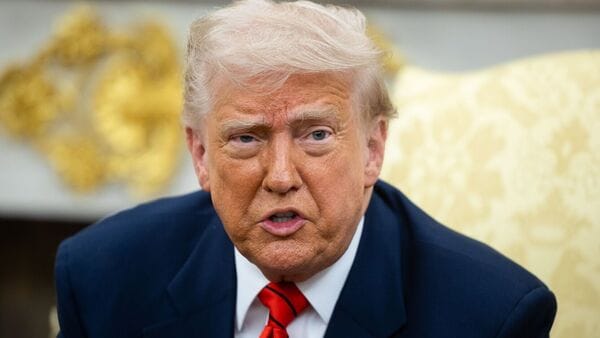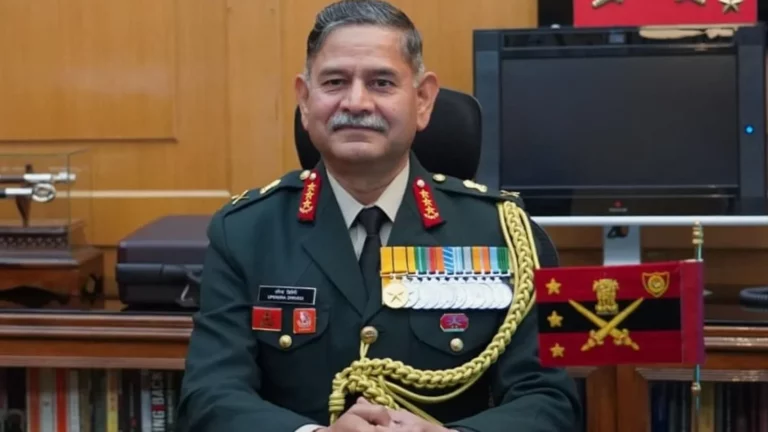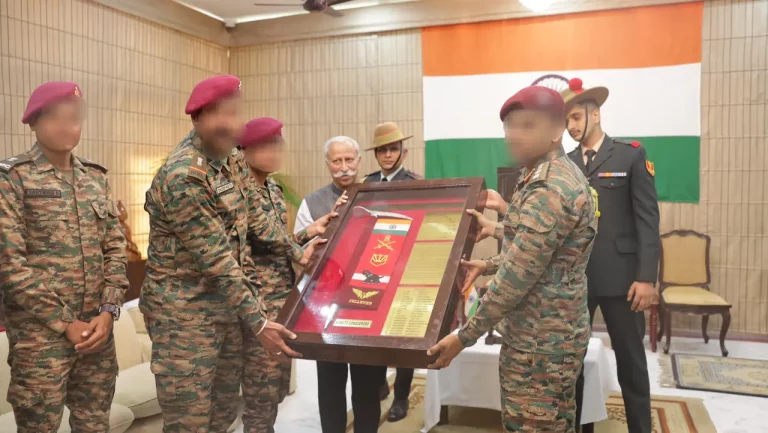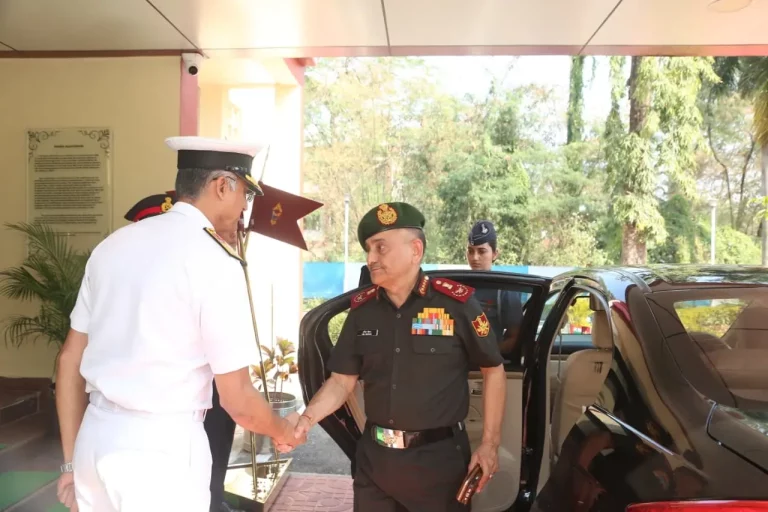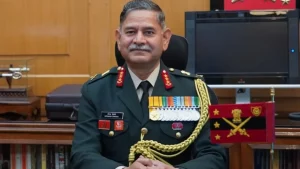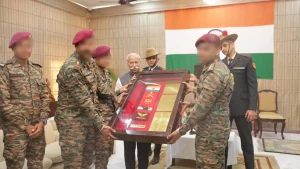In a significant diplomatic breakthrough, US President Donald Trump announced that India and Pakistan have reached an agreement for a “full and immediate ceasefire.” This decision came after a night of intensive negotiations facilitated by the United States, aiming to put an end to the recent wave of hostilities between the two nuclear-armed nations and stabilize the tumultuous South Asian region.
The ceasefire announcement, made from the White House, follows a period marked by retaliatory military actions, including missile strikes and cross-border shelling, particularly concentrated around the disputed Kashmir region. Tensions escalated significantly following India’s Operation Sindoor, launched in early May to target and dismantle terror camps within Pakistan-administered territory. This military campaign was met with Pakistani counterstrikes on over 25 Indian military installations, heightening fears of a larger conflict.
In his address, President Trump praised both Indian Prime Minister Narendra Modi and Pakistani Prime Minister Shehbaz Sharif for demonstrating “common sense and great intelligence in the interest of global peace.” He emphasized the United States’ role as a peace broker, referring to the ceasefire as a “testament to diplomacy over destruction.”
This recent development represents a rare instance of India accepting third-party mediation, a departure from its long-held policy of engaging bilaterally with Pakistan concerning Kashmir. Analysts suggest that the change in stance may be attributed to a combination of intense international pressure and the political climate surrounding Trump’s re-election campaign, which had previously indicated a desire to ease tensions in South Asia.
The historical context of the India-Pakistan conflict remains salient. Since their partition in 1947, the two nations have fought multiple wars and faced repeated escalations over the Kashmir issue. Although ceasefires have been declared in the past—most notably in 2003—such agreements have frequently collapsed due to persistent underlying issues, including terrorism, border incursions, and deep-seated political mistrust.
In the days leading up to this announcement, India had asserted that any de-escalation would necessitate the dismantling of terror infrastructure situated within Pakistan. It remains unclear whether this demand was addressed in the final ceasefire agreement, although experts anticipate that it may resurface in future diplomatic discussions.
Global reactions to the ceasefire have been tentatively optimistic. The United Nations, the European Union, and various regional powers have welcomed the development, urging sustained efforts to tackle core disputes and ensure humanitarian protections for civilians impacted by recent violence.
However, experts caution that while the ceasefire is a significant initial step, it should not be mistaken for a comprehensive resolution. Dr. Neha Kapoor, a South Asia analyst, stated, “This is not a resolution—it’s a pause. Unless the underlying grievances are addressed through dialogue and structural change, the risk of relapse into conflict remains high.”
As South Asia watches closely, the success of this ceasefire will heavily depend on continued diplomatic engagement and the political will within both New Delhi and Islamabad to prioritize a lasting peace over ongoing military tensions.
